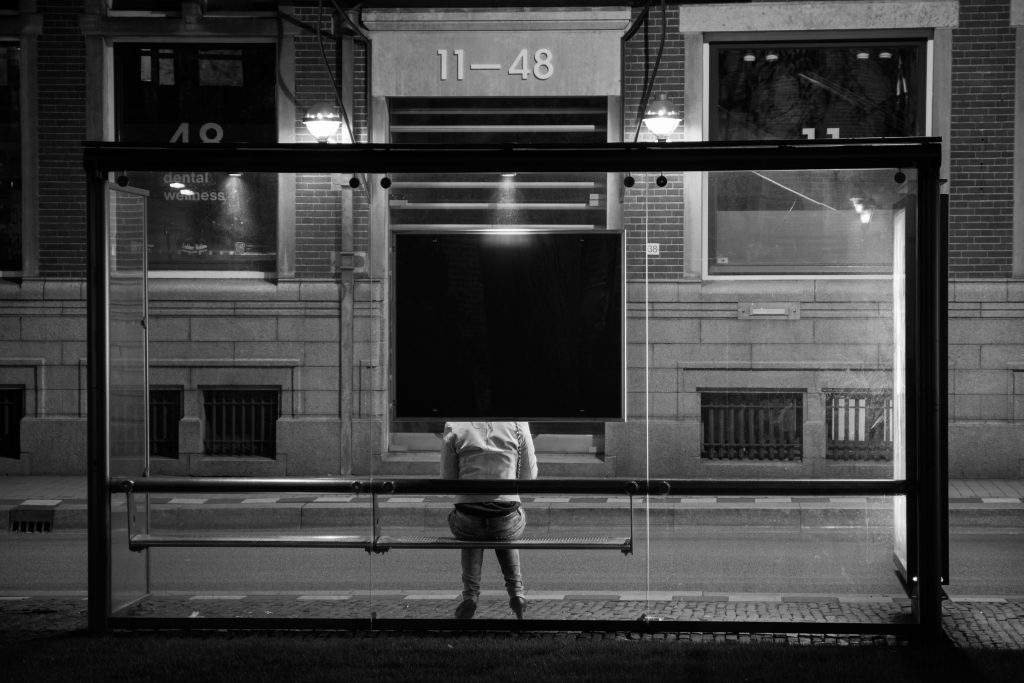 No one likes running errands – especially when you experience bad customer service. However, when bad customer service possibly leads to an assault, how liable is the company? This is a question the Court of Appeal Fourth Circuit of the State of Louisiana recently answered.
No one likes running errands – especially when you experience bad customer service. However, when bad customer service possibly leads to an assault, how liable is the company? This is a question the Court of Appeal Fourth Circuit of the State of Louisiana recently answered.
On April 12, 2012 David Robertson was standing in the checkout line at the North Broad Supermarket in New Orleans to purchase a cold drink when he realized he was a few cents short of the total. Mr. Robinson then turned to another customer he claimed to have known personally to ask for the difference. This is when cashier Ky Quang Nguyen became involved. Mr. Nguyen accused Mr. Robinson of panhandling and asked that he leave the store – this is when Mr. Robinson allegedly said “make me” and a physical altercation between the two broke out. While this altercation initially started in the marketplace, it eventually escalated into the street. When the altercation ended, Mr. Robinson claims he went to the bus stop across the street from the supermarket where an unidentified employee of the supermarket stabbed Mr. Robinson in the back of the head. After the attack, Mr. Robinson was transported the LSU Medical Center where he received eight staples and had to stay the night. Because of this incident. Mr. Robinson claims he suffers from sharp, shooting pains in his head and continues to have reoccurring nightmares.
Following the incident, Mr. Robinson brought charges to the supermarket and a bench trial was held on November 10, 2015. At this trial, Mr. Robinson argues that Mr. Nguyen was the initial aggressor of the altercation and that any action Mr. Robinson took was in self-defense. Moreover, Mr. Robinson insists he was not panhandling and that the person who stabbed him was either an owner or an employee of the supermarket. However, Mr. Robinson conceded that Mr. Nguyen was not the person who stabbed him, he could not identify who could a have stabbed him, and Mr. Robinson did not introduce any evidence or witnesses to corroborate his claim that he was stabbed by an employee of the supermarket.
 Louisiana Personal Injury Lawyer Blog
Louisiana Personal Injury Lawyer Blog


 It is common for Louisiana residents who are injured due to another person’s negligence to seek financial compensation through a personal injury lawsuit. Typically, these types of lawsuits will pursue compensation to cover medical expenses that are incurred by the victim for the treatment of the injury they suffered, among other damages. That is exactly the approach that Destiny Guidry decided to take after she claimed that she was injured in an incident at a grocery store in Lake Charles back in 2011.
It is common for Louisiana residents who are injured due to another person’s negligence to seek financial compensation through a personal injury lawsuit. Typically, these types of lawsuits will pursue compensation to cover medical expenses that are incurred by the victim for the treatment of the injury they suffered, among other damages. That is exactly the approach that Destiny Guidry decided to take after she claimed that she was injured in an incident at a grocery store in Lake Charles back in 2011.